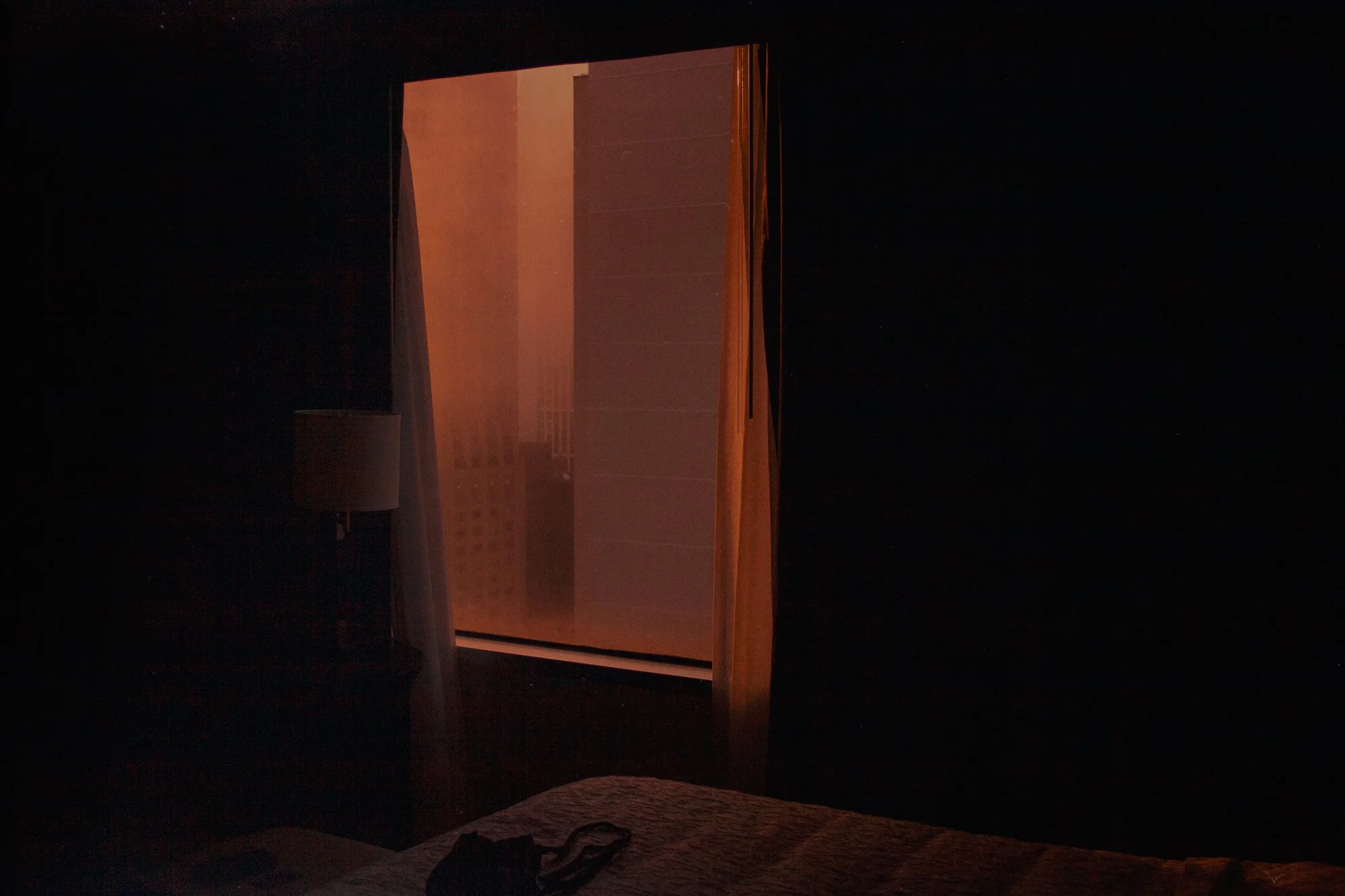The Only Home Is My Body
Margaret Durow is a photographer from Wisconsin, the US, born in 1989. With her artistic vision, Margaret successfully incorporates her personal story, the familiar environments rural and urban, with the aesthetic of mystery and dreams. The book is an honest representation of pain and struggles altered to personal growth and strength through the magnificent, captivating imagery. The body of work empowers and provides hope through the very essence of emotions the images enhance.
We speak with Margaret about growing in Wisconsin, the personal gaze, establishment of control, and power to create an 'own warm and magical world'.
Margaret Durow is a self-titled, 48 pages book, which is available in a limited 250 copy edition. The book is a second publication and a part of the ongoing collaboration between Setanta Books and Open Doors. Through the visual story, Margaret expresses her experience dealing with severe scoliosis through photography, capturing self-portraits and breathtaking landscapes striving to present beauty isolated from the harsh reality. "Through my photos, I can transform feelings of isolation into solitude, and my own vulnerability into strength." - Margaret Durow.
48 Page softcover
21cm x 16cm book
Card wraparound cover
Edition of 250 copies
Limited edition available on Setanta books
Open Doors
Open Doors Print Sale
Setanta Books
‘Being near the lake reminds of the transient nature of life, as everything changes and can be reflected in the cycling of the water and the variation, moment by moment.’
Hi Margaret, thank you for agreeing to discuss your book release with us. Growing up and photographing Wisconsin, you probably are familiar with some picturesque locations and lakes in the state. What are some of the places which captivate your spirit, so you decided to share your experience with the viewers?
Wisconsin is a beautiful place to live and explore. I love all the lakes around here but especially Rock Lake, which I moved near when I was a teenager. Being near the lake reminds of the transient nature of life, as everything changes and can be reflected in the cycling of the water and the variation, moment by moment. Lake Michigan is also close to my heart. I love being near Lake Michigan because the lake and the mood can feel so different depending on the weather.
‘The light and magic of the lake, combined with what I was going through personally (with my spine curving, as well as my personal relationships), inspired me to start taking pictures and self-portraits.’
123
123
What is unique in your hometown? What is your childhood memory that is connected with your decision to start taking photographs?
When my parents built a house near Rock Lake, it was part of a neighborhood that had lake access on a wooded lot by the lake with three 100 year old summer cottages and piers in the summer. In high school, I started spending time there by myself. The light and magic of the lake, combined with what I was going through personally (with my spine curving, as well as my personal relationships), inspired me to start taking pictures and self-portraits.
‘Self-portraits give me control over the gaze. I can shape the perspective, and I feel empowered when I share an expression of how I feel inside.’
Your story is an inspiration to so many people to never stop dreaming, to merge in what one loves the most, to find one’s voice. Not being able to leave the house and going through the painful procedures and recovery, how does photography help in shifting the perception and staying motivated?
Photography helps me accept my body. Self-portraits give me control over the gaze. I can shape the perspective, and I feel empowered when I share an expression of how I feel inside. When I’m not able to do what I want to physically, it often helps if I can create something that expresses how I feel in the moment and connects with others.
The body of work you present in the book is saturated with emotional elements, it offers a semi-realistic semi-mystical depiction of the occurrences, places, and natural environment, mostly due to the color palette and the fog. Emotions of loneliness, warmth, freedom, awe from the grandeur of nature, and tension arise. What are some of the emotions present in the images that are connected to how you felt when taking the pictures?
Since I had my spine fused, there is always tension in my body because my spine can’t physically bend in the length of 13 vertebrae. I have muscle paralysis in the front part of my right foot and ankle from nerve damage, which makes it difficult to lift my right leg when walking. I have always found relief in feelings of weightlessness like floating in water and try to explore that type of balance of opposites in my photography. I also have cerebrospinal fluid leaking in my lower back, and this can cause intense pressure headaches. On foggy days it matches how I sometimes feel inside. Finding magic and awe is a way I have always been able to make sense of how I feel. By spending time in nature and with my photography, I try to create peaceful and safe little worlds for myself and to share with others.
‘The thread that runs through shows the isolation and pain in that journey and in the end, the only home is my body.’
How would you describe the story that connects the beginning, the middle, and the end of the narrative of the book?
I think the story of the images in this book show the desire and longing to create my own warm and magical worlds. The thread that runs through shows the isolation and pain in that journey and in the end, the only home is my body.












